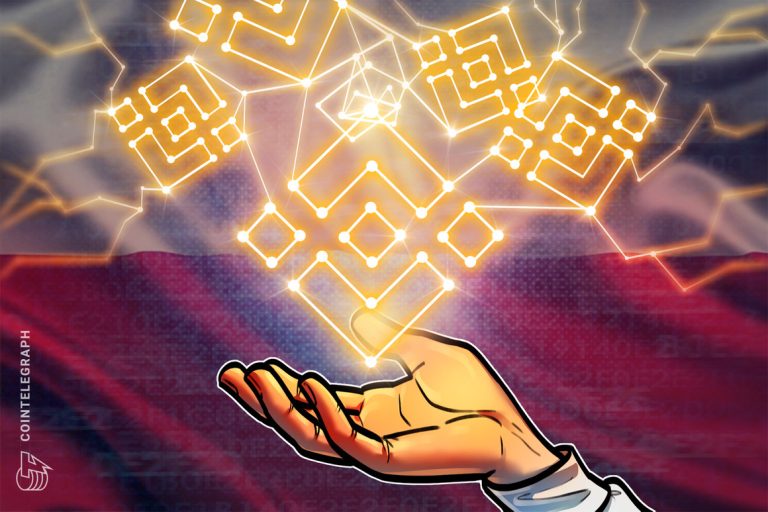Navigating the turbulent crypto market environment can be a thrilling venture for those willing to take on an element of risk.
High-risk investments often promise high returns – and the realm of cryptocurrencies is no different.
In this article, we delve into five potentially explosive cryptos that could shake up the market in 2023, providing a tantalizing glimpse into the future of the digital assets space.
1. Mr Hankey Coin (HANKEY)
Kicking off this list is Mr Hankey Coin (HANKEY) – a project born from the whimsical humor of the beloved South Park character.
This token combines hilarity with high potential returns, defying traditional crypto market dynamics.
Set to launch on July 13, HANKEY is structured with a calculated presale phase and a modest hard cap designed to maximize the token’s entry into the market.
Moreover, with the token built using Ethereum’s ERC-20 standard, HANKEY has the potential to give meme coin market incumbents a run for their money.

Early community members believe HANKEY has the potential to go viral, thanks to its unique theme and innovative marketing campaign, which has already seen the token mentioned on renowned websites like CoinGecko and BeInCrypto.
Moreover, the project’s “brownpaper” details plans to reserve 40% of the total HANKEY supply for DEX liquidity – helping boost price stability post-launch.
Although the project has only recently been announced, the community behind HANKEY is already growing, culminating in the official Telegram channel seeing an influx of new members.
With the token’s presale launch nearing, crypto enthusiasts will likely want to stay tuned for what promises to be a potentially rewarding investment opportunity.
2. Wall Street Memes (WSM)
Another project demonstrating high potential is Wall Street Memes (WSM) – an ambitious venture that combines the world of finance with the virality of internet humor.
Having commenced its presale phase at the end of May, $WSM has attracted adventurous investors worldwide, helping amass over $14 million in funding.
The project already benefits from huge community backing, given that the Wall Street Memes brand has a following of more than 1.1 million “degens.”

This following means that Wall Street Memes’ social media channels receive over 40 million impressions each month – with the brand’s Twitter page even interacting with Elon Musk on several occasions.
Wall Street Memes’ team aims to leverage this online community’s power by creating WSM, which will be built using the ERC-20 standard.
A substantial 50% of the total WSM supply is reserved for presale investors, ensuring that half of the tokens are in the hands of those who show early faith in the project.
With Wall Street Memes currently available for just $0.0313 through the ongoing presale, this unique opportunity could present enormous price potential once the token makes its exchange debut.
3. Thug Life ($THUG)
Thug Life (THUG) is another new meme coin project that has gained significant attention in the crypto community.
The project’s branding and tokenomics have been key factors in its early growth, with the presale already raising over $990,000.
Regarding Thug Life’s branding, the project leverages the power of the “Thug Life” meme and iconic hip-hop figures like Snoop Dogg to heighten its appeal.
This branding, combined with Thug Life’s aggressive marketing strategy, has prompted a wave of new members to the project’s Telegram community.

Alongside Thug Life’s aesthetic, the project’s tokenomics are also particularly appealing to would-be investors.
The total supply of THUG tokens is capped at 4.2 billion, with 70% of these being made available to presale investors – ensuring that nobody misses out.
Also, the presale price of THUG is fixed at $0.0007, enabling early investors to load up on tokens for a low initial investment.
These elements of the Thug Life project have helped it make an instant impression in the meme coin market, with influencers like Jacob Bury already taking notice.
Overall, the project’s early growth and the support of influencers like Bury indicate that it has all the makings of a successful meme coin.
4. Pepe (PEPE)
Another high-risk, high-reward crypto that has been making headlines recently is Pepe (PEPE).
For those unaware, PEPE is a meme-based cryptocurrency that draws inspiration from the super-popular “Pepe the Frog” meme.
Launched in April, PEPE immediately rocketed in value, with the token’s price soaring over 17,000% in less than two weeks.
Per CoinMarketCap, PEPE hit an all-time high of $0.00000435 on May 5, which equated to a market capitalization of $1.65 billion.

Unfortunately, PEPE has been on a downtrend since then, with the token now trading 65% below its peak.
However, many crypto enthusiasts believe that PEPE still holds inherent potential, given that the coin kickstarted the current meme coin frenzy.
As it stands, PEPE still has no clear use cases, although the developers have laid out a roadmap on the coin’s website, detailing plans for Pepe merchandise, an online academy, and Tier-1 exchange listings.
If these use cases were implemented effectively, there’s certainly scope for PEPE to become a more mainstream coin – and return to the bullishness of April and May.
5. Verge (XVG)
Finally, Verge (XVG) is a community-driven, privacy-focused cryptocurrency that aspires to improve on the Bitcoin network.
Originally launched in 2014 as DogeCoinDark, the coin was renamed Verge in 2016 to gain mass-market adoption.
Fast forward to the present day, and Verge stands as an efficient, decentralized payment network with a clear focus on privacy and user security.
One of Verge’s key features is its integration with the Tor network, which allows users to facilitate completely anonymous transactions through “stealth addressing.”

As such, Verge claims to be able to offer greater privacy than Bitcoin – something that’s becoming increasingly in demand in today’s online environment.
Per CoinGecko, the XVG token has soared 399% in the past 30 days, although it is still trading 97% below its December 2017 peak.
However, despite the coin’s turbulent journey, many investors still believe it has potential for further growth – making it a worthwhile addition to this list of high-risk, high-reward cryptos.














